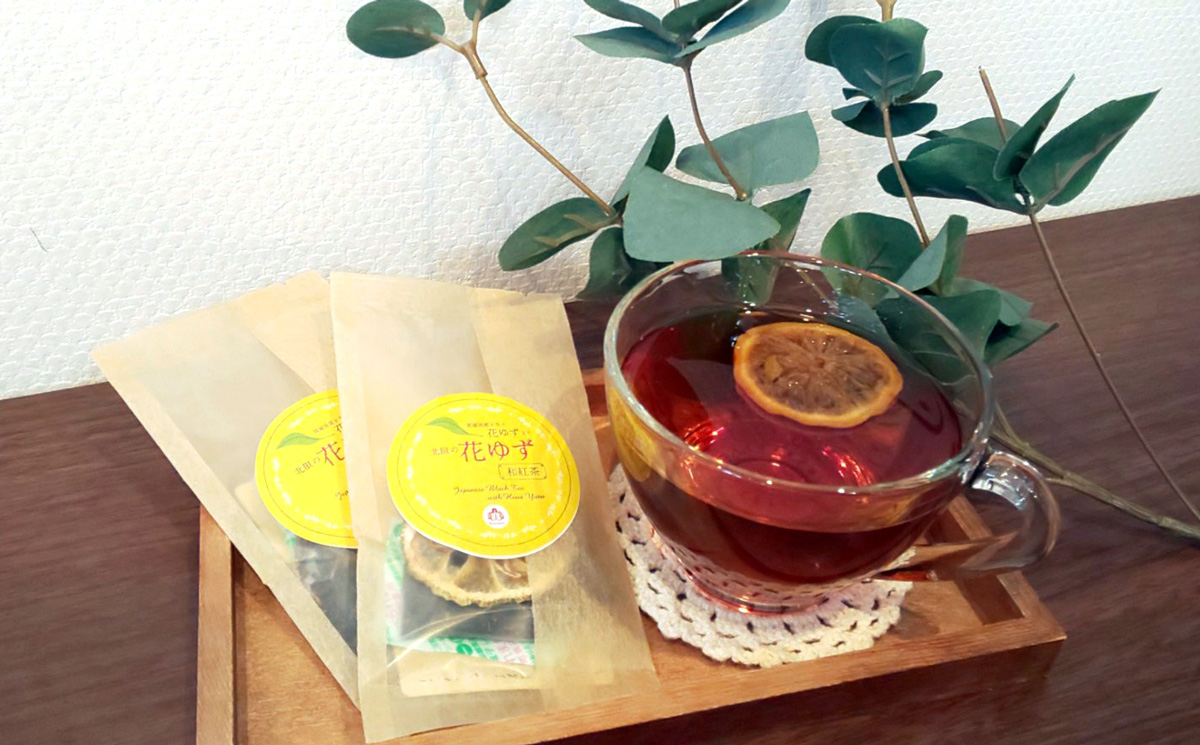1. Pattern “TEXTILE”
A pop textile that mixes traditional and modern styles.
The motif is rice, which is indispensable for sake. With a feeling of congratulations for the new year and thanks to the craftsmen involved in sake brewing, we finished with a congratulations coloring.
2. Ise cotton
The textile label uses Ise cotton bleached, a traditional craft item designated by Mie Prefecture, which is made in Ise, which is also known as one of the largest cotton producing areas. A simple, soft and finest cotton woven with a loom that has been inherited since the Meiji era.
■ About Ise cotton
Ise cotton, a traditional cloth that has continued since the Edo period.
A small piece of fabric that can be made with the same method from old times has the best feel and a rustic texture like old cloth. The secret is yarn (weakly twisted yarn).
The yarn is in a state close to cotton without being twisted strongly, is hardened with natural starch paste, and is slowly woven with old machines, so one machine can weave only one roll (13 meters) per day. Hmm. As the finished cloth is washed, the glue will fall off and the threads will try to return to the cotton, so the cloth will become softer. This texture is the appeal of Ise cotton.
■Tradition in a new form
Using traditional techniques that have been around for a long time, we create products that incorporate modern essence. And it is good that the Japanese identity can be felt.
Also, it should be something that can be used everyday, not something special. The inheritance of traditional techniques and the development of local industries are because I think that such things should be able to naturally blend into the daily lives of the times.
We would like to propose new possibilities for such traditional materials.
3. Liquor_Hasegawa Sake Brewing
Hasegawa Sake Brewery is a sake brewery located in Setaya, Nagaoka City, Niigata Prefecture. In an environment full of sake brewing, we pay particular attention to manual work that does not rely on machines, and for about 180 years, we were brewed with sake that was loved by the community and supported by people while valuing harmony with meals and feasts. I am.
■Fluctuating sake production
Hasegawa Sake’s sake is hand-made for almost all processes.
In order to maximize the charm of the rice harvested that year, Mr. Mori and the brewers sensitively sense the seasonal changes, squeeze their wisdom and intuition to brew sake.
That is why the taste of sake fluctuates year by year, so that there is no year with the same climate. There is only one-time sake in this warehouse that can only be born that year.
■ Carefully selected materials
At Hasegawa Sake, all sake is prepared from the underground water of the Shinano River. In the Shinano River, the water of the mountains known as Japan’s 100 famous mountains such as Yatsugatake, Yarigatake, Hotakadake in Nagano Prefecture, and the water of the Nagaoka Higashiyama mountain range flow further in Niigata Prefecture. Good, soft and soft. The sake made with this water has a clear taste with no odor.
For sake rice, we use carefully selected rice that we think is delicious, as well as rice produced in Niigata Prefecture. In order to maximize the charm of each rice harvested that year, Mr. Du and the brewers have devised them.
■ Thoughts of the brewers
Sake that comes close to people’s hearts.
The sake that Hasegawa Sake Brewing aims for is a sake that complements your meal, but does not get in the way and you never get tired of drinking. We want to be a liquor that can be used together in various scenes, such as pleasant parties, daily drinks, and moments when you want to take a break. We use soft water that comes from the underground water of the Shinano River and carefully selected sake rice to make sake every winter by making full use of the technology accumulated over many years.
It has a soft, rounded mouthfeel, and a refreshing aftertaste with a good spiciness while feeling the taste of rice. All the brewers and employees pour the best performance into the small tank preparation that can be made only in the area that can be seen by the eyes, because it is a small sake brewery. That is Hasegawa Sake Brewing.
HUMIZUKI Junmai Daiginjo Hasegawa
| Product name: |
Japanese sake |
| Raw material rice: |
(domestic)/Koji(domestic) |
| Used rice: |
Etsu Tanrei 100% |
| Rice polishing: |
40% |
| Sake degree: |
+3.0 |
| Acidity: |
1.0 |
| Alcohol: |
15-16% |
| Contents: |
360ml |
| Manufacturer: |
Hasegawa Sake Brewing |






































